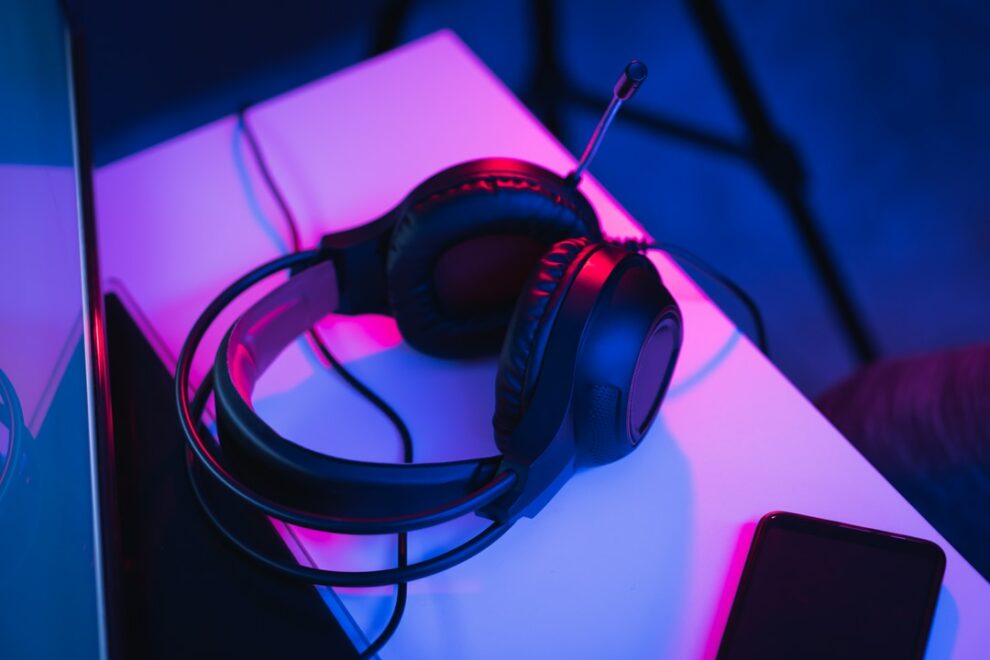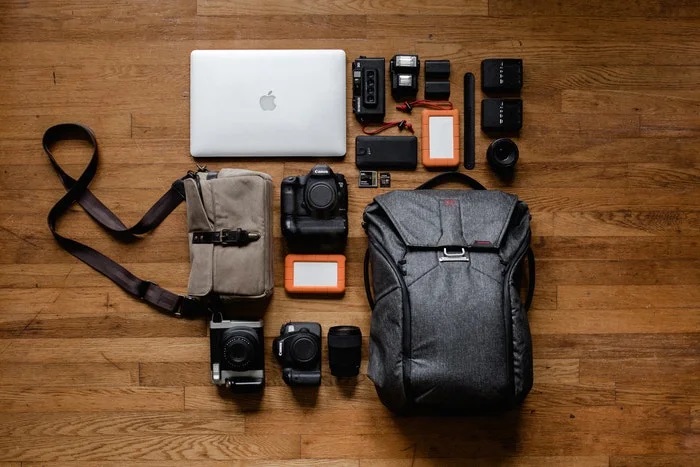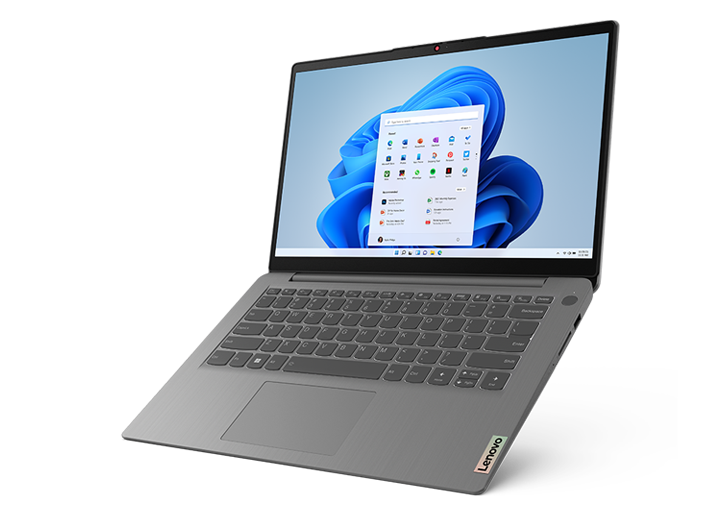Gaming has always been a popular hobby, but in recent years, many gamers have started to use their skills to turn their favorite recreational activity into a career. However, there’s a lot of work that goes into creating a stream that attracts a large number of viewers. One of the most important things that you can do is invest in the right equipment that will allow you to create a professional-looking broadcast with excellent audio and video quality. There are few things that will be more essential than finding a great streaming mic. Read on to learn more about three characteristics of a high-quality streaming microphone.
1. Make sure you can switch between response patterns.
The first thing you’ll want to think about is the microphone’s polar pattern. If you’re unfamiliar with polar patterns, they’re the angles from which the microphone can pick up sound. The three patterns that are most commonly used are cardioid, bidirectional, and omnidirectional. The best microphone for streaming will be able to switch between different polar patterns. When speaking directly to your audience, the cardioid pattern is best for picking up your voice and filtering out ambient noise.
Given how profitable streaming can be if you can achieve sustained success, investing in the quality equipment you need to put together an enjoyable broadcast is essential. The most popular streamers can bring in millions of dollars a year, but it can be difficult to stand out in such a competitive environment. The quality of your broadcast has to be high, and you should always be looking for ways to upgrade the overall viewer experience.
2. XLR mics give you more control over how you sound.
USB microphones can be more affordable and easier to use, but it’s usually best to opt for an XLR mic if you want the best possible sound quality. An XLR won’t plug directly into your computer like a USB mic, so it will require a mixer or some other type of audio interface. This gives you more control over sound quality, though they often come at a slightly higher price point. USB mics typically use software rather than hardware controls, making them easier for beginners.
3. The higher the frequency response range, the better.
When evaluating a microphone’s frequency response, always keep in mind that higher is better. Frequency response defines the range of sound that a mic produces and controls the variability within that range. Experienced streamers suggest that anything in the range of 20 Hz to 20,000 Hz is good for streaming. Keep in mind that experts say frequency response is the most significant factor in determining the sound signature of a microphone.
If you need a microphone right away, you may need to be flexible about which model you’re willing to buy. Unfortunately, the ongoing chip shortage and supply chain crisis have made it difficult for a wide variety of electronics to stay in stock at the largest retailers. Though microphones don’t require the type of chip that is in short supply, many gaming accessories have been slow to ship in recent months, and experts don’t expect the crunch to ease until 2023.
There are many things you’ll need to consider when choosing a streaming microphone. Multiple response patterns are always better than only having access to a single response pattern. If you can only find single response pattern mics, the cardioid pattern is most commonly used by streamers. If you’re serious about getting the best quality sound that you can, an XLR mic is the best bet, and you always want to find a model with a high-frequency response range. One way to get some inspiration is to see which mic your favorite streamer uses or read reviews from some of the most trusted gaming resources on the web. It’s always a good idea to be a more informed consumer.










Add Comment